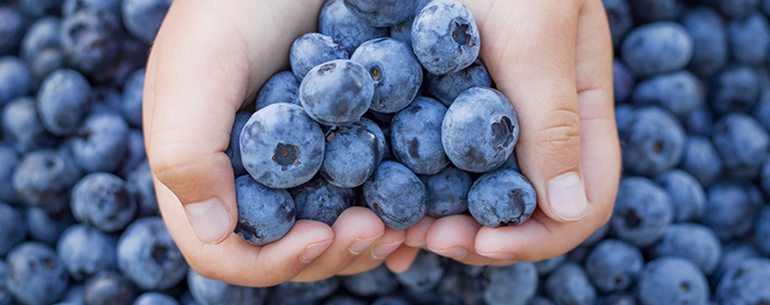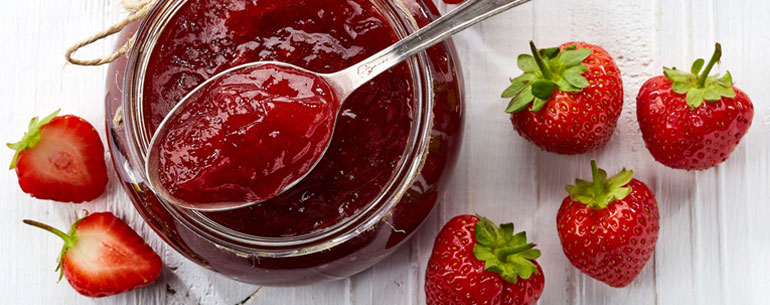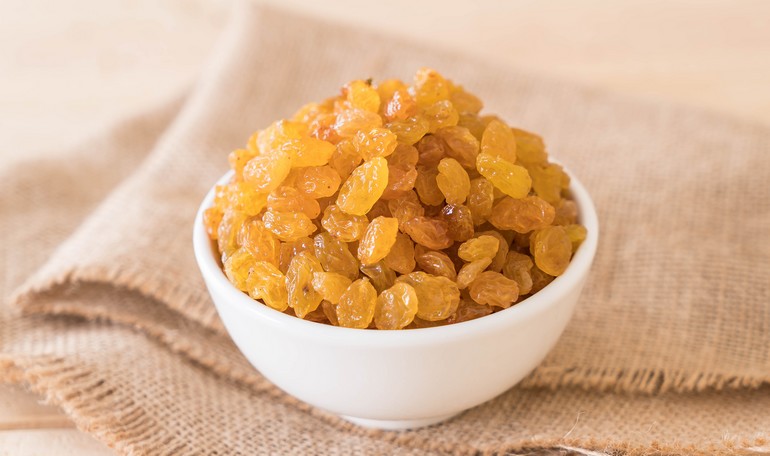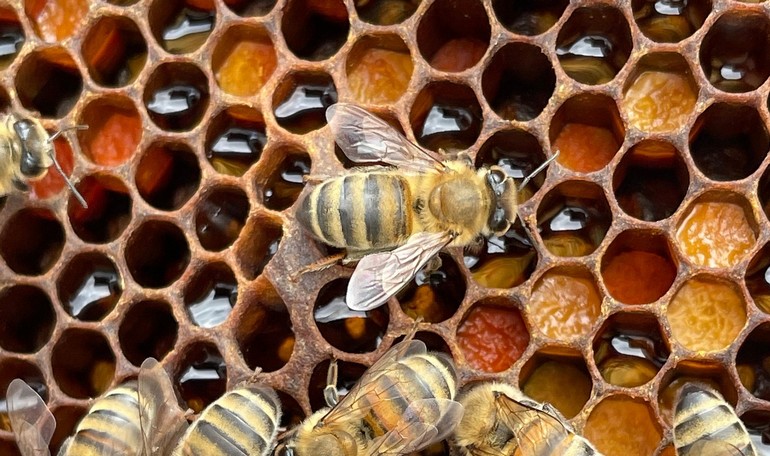The word from the nutritionist
Hazelnut: an ancient mythical fruit
Do you know that the hazelnut is very good for your health and for your beauty?
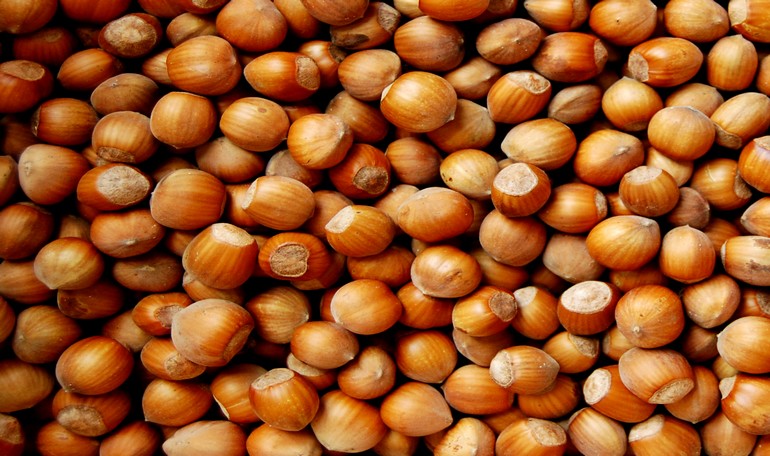
Hazel is a ancient tree that was appeared in the prehistorical age. This very energetic fruit was immediately appreciated from ancient people who attached it magic properties. For the Romans the hazelnuts had a propitiatory power and for this reason they distributed the fruits during the marriages in order to wish happiness to the newly-weds. For the Celtic people the hazelnuts were the symbol of wisdom and the wood of the tree was used to produce divining-Tables. The German legends narrated that the magic wands obtained from hazel-tree were able to oblige the witches to give again the fecundity to the animals and trees previously taken away with a witchcraft. Hazel twig with nut and pumpkins were put on the tombs to wish a new life to the dead.
These little fruits are also very important for the health, in fact, their therapeutical properties have been recognized by the medicals since the XV century. The hazelnuts are very energetic fruits (100g of hulled hazelnuts give you 628kcal), as they are very rich in fats (60%). The fats of hazelnut are unsaturated fatty acids that aid your body to reduce the bad cholesterol, to protect the tissue from cellular ageing and to prevent the arteriosclerosis and the cardiovascular pathologies. These fruits are also rich in fiber, in vitamins of B group, in mineral salts (calcium, magnesium, iron and potassium) and in fitosteroli (natural substances that aid your body to prevent cardiovascular pathologies). For all these reasons a moderate consumption can have beneficent effects.
For the popular therapy all the parts of the tree have positive effects for the body, in particular the young branches and the leaves brace the circulation of the blood. Finally the aments and their pollen, picked up in spring, have depurative, sudorific and febrifugal effects.
Published 30 November 2016

